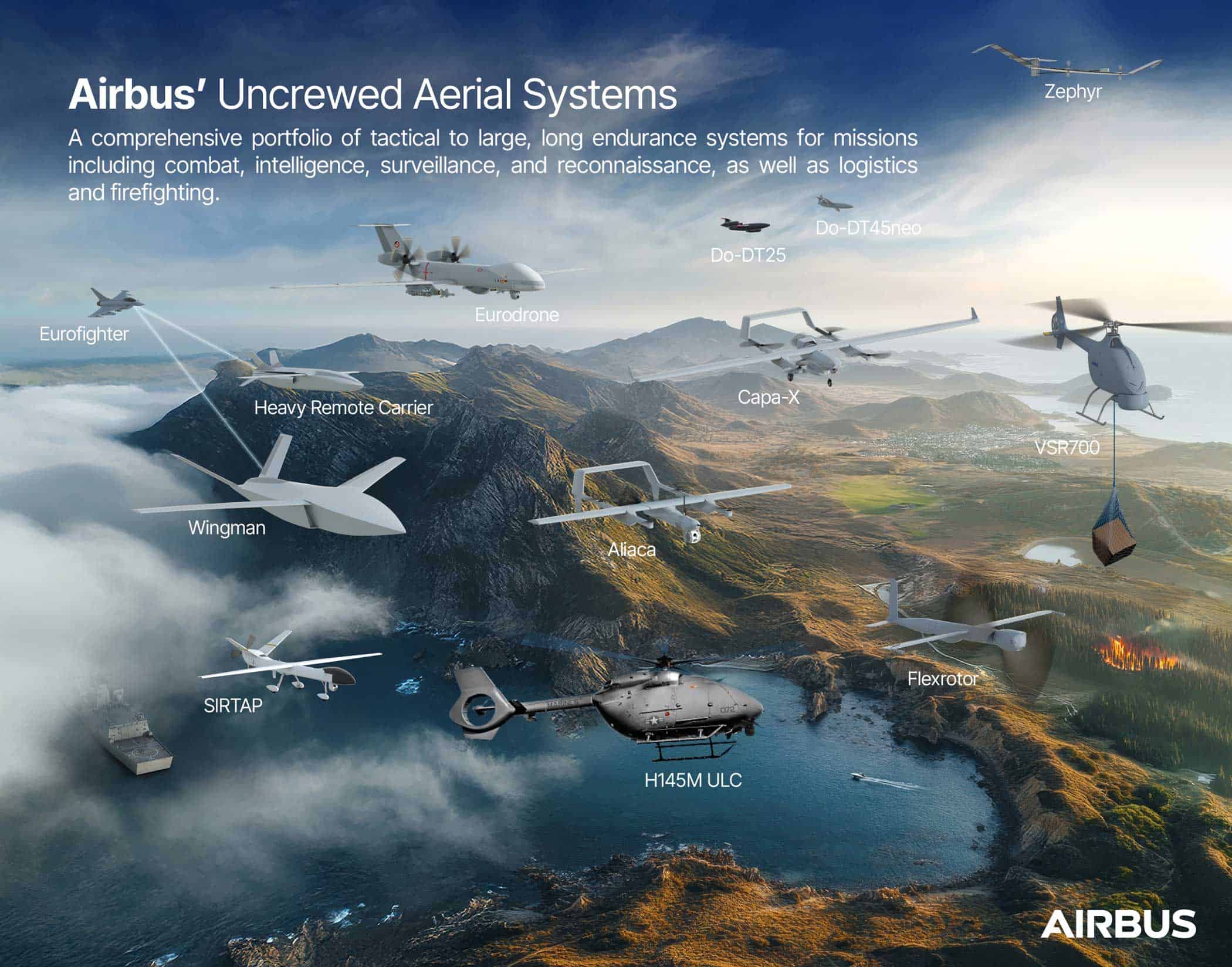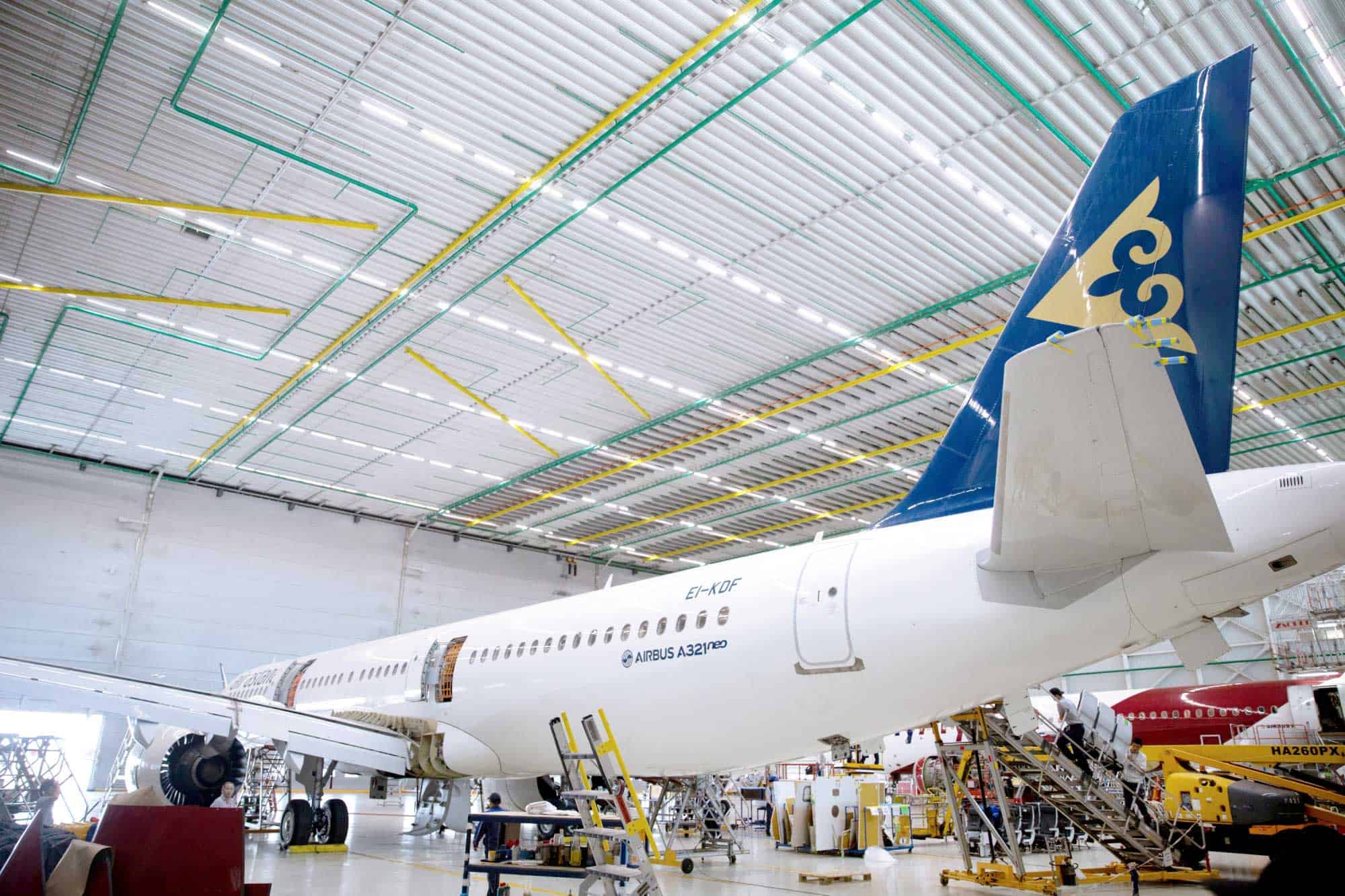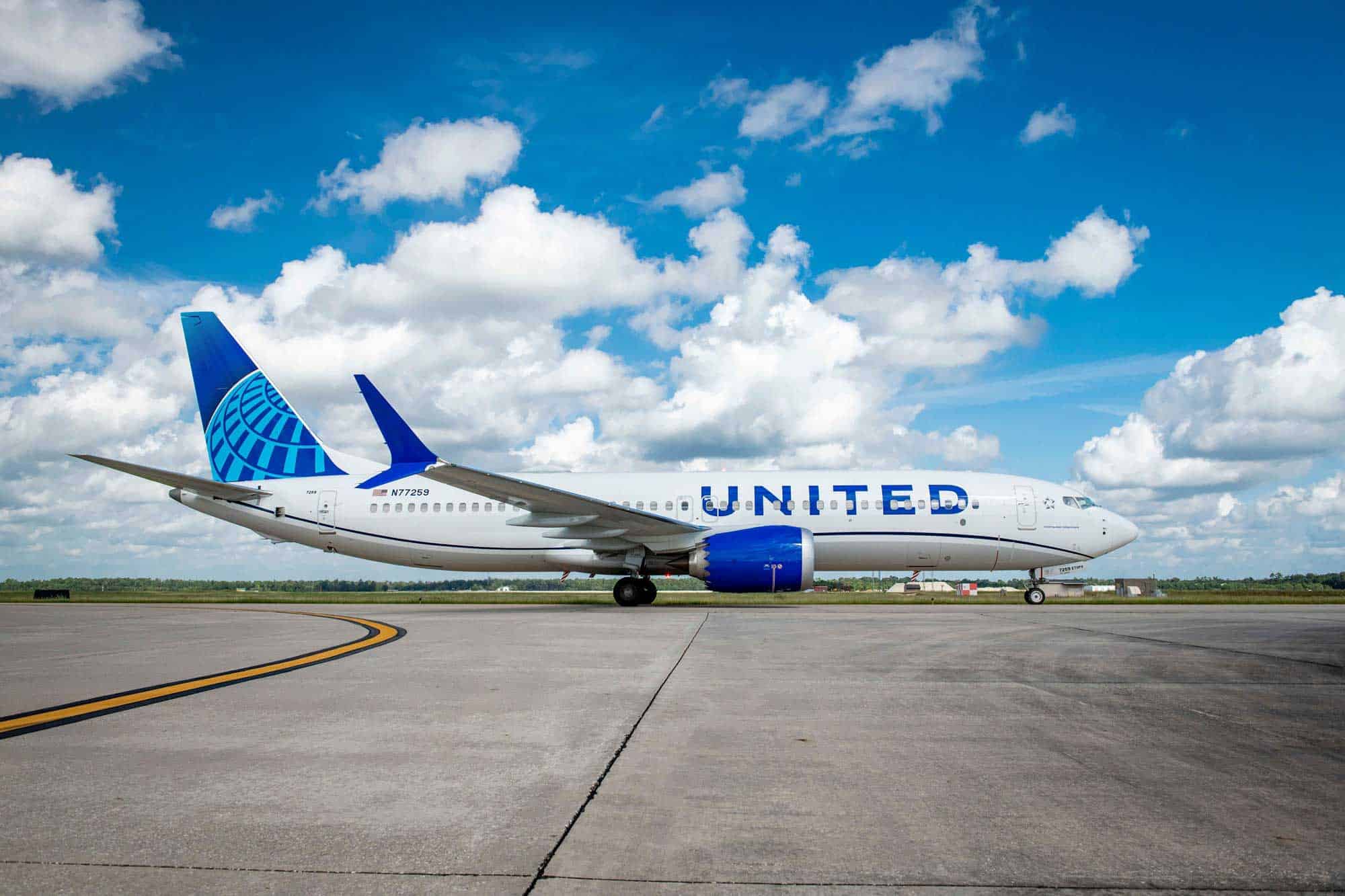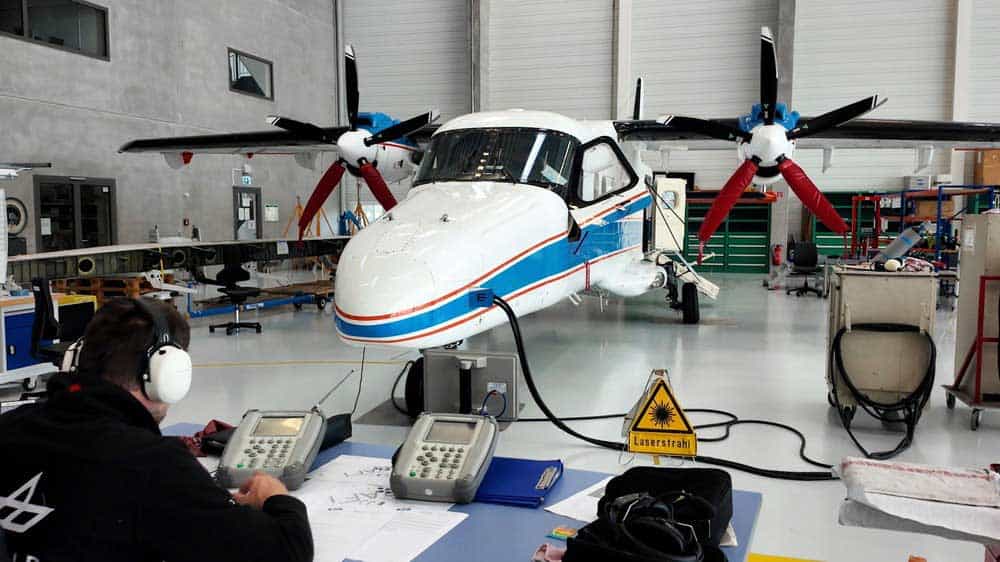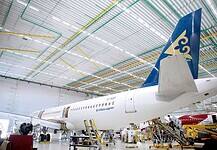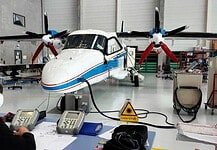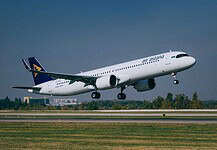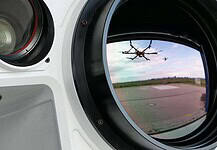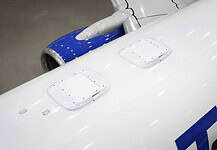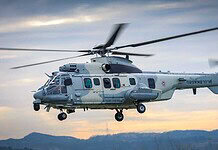This site is also available on:
Deutsch
The recent incidents in Scandinavia and at Munich Airport, in which flight operations were interrupted for several hours and numerous flights had to be canceled or diverted, demonstrate the far-reaching consequences of unauthorized drone use. The German Aerospace Center (DLR) has conducted the first systematic investigation into the occurrence of such drone flights at German airports. The focus was on air traffic disruptions caused by complete shutdowns and the resulting financial impact on airlines and airports.
“The growing number of unmanned aircraft systems flying over critical infrastructure such as airports without authorization is associated with economic damage. Furthermore, safety issues remain a key challenge that requires additional investment,” explains Prof. Dr.-Ing. Anke Kaysser-Pyzalla, Chair of the DLR Executive Board. “In order to draw the right conclusions from these incidents for the protection of infrastructure, central and, above all, uniform documentation of the events is required, in the mutual interest of public stakeholders and the private sector. This will enable appropriate measures to be derived from them.”
Drones over the airport – small incident, big effort
The DLR analysis is based on a dataset provided by the Federal Aviation Office containing incidents related to drone sightings in 2024. These data relate to airports in Germany controlled by DFS (German Air Traffic Control). The DLR combined the processed incident reports with flight track data (ADS-B data) for analysis.
The dataset records a total of 118 reported drone incidents at German airports for 2024 – including nine assessable cases resulting in the complete suspension of flight operations. For these nine cases, the DLR analysis calculates economic damage due to the suspension of flight operations of approximately half a million euros.
The full closures examined in 2024 lasted an average of 32 minutes. One incident resulted in a complete disruption lasting over an hour. Due to the tight flight schedule, this resulted in numerous delayed flights and corresponding repercussions on the route network. In a further 56 cases, disruptions such as the closure of individual runways occurred – sometimes combined with a change in the direction of operation.
Delays, holding times and additional costs
As a result of the nine evaluable airport closures, the affected airlines suffered economic losses, primarily due to departure and arrival delays. In two cases, the flights had to land at the designated alternate airport after several holding patterns at the destination airport. These operational disruptions led to higher overall costs – caused by longer flight times, increased fuel consumption, additional landing fees, costs for passenger catering in accordance with EU regulations, and increased strain on personnel and aircraft.
No flight cancellations were documented in the analysis. Since economic damage to airports generally only occurs when flights are canceled, the available data for 2024 do not indicate any verifiable damage to airports.
Drone-related disruptions in an international context
The most notable case of a drone-related disruption to date in Europe occurred at London Gatwick Airport in 2018. A 33-hour closure resulted in estimated total damage of up to 100 million euros. Recent events in Scandinavia and Munich once again demonstrate that drone-related disruptions can have international repercussions due to network effects.
“Even if the economic impact of the cases documented in 2024 in Germany remained limited overall, DLR analyses show that even comparatively short operational restrictions can have extensive repercussions for air traffic, resulting in additional operational costs and economic risks due to the highly interconnected nature of the air traffic system. This is particularly true for closures lasting approximately one hour or more, as such closures exhaust the buffer capacity of the air transport system, which can lead to a sharp increase in costs,” says Dr. Florian Linke, Acting Director of the DLR Institute of Air Transport.
Recommendation: Standardization of data collection
With the increasing acceptance of unmanned aircraft systems (UAS), their economic potential is becoming more important, while issues of security, particularly in the area of critical infrastructure, remain central.
A key finding of the DLR study is that drone incidents at airports should be documented more accurately in the future. Currently, such incidents in German airspace are recorded with inconsistent data quality. More precise documentation would allow for early identification of operational consequences, economic impacts, and potential risks, the development of targeted preventive measures, and further strengthening the security of critical infrastructure.

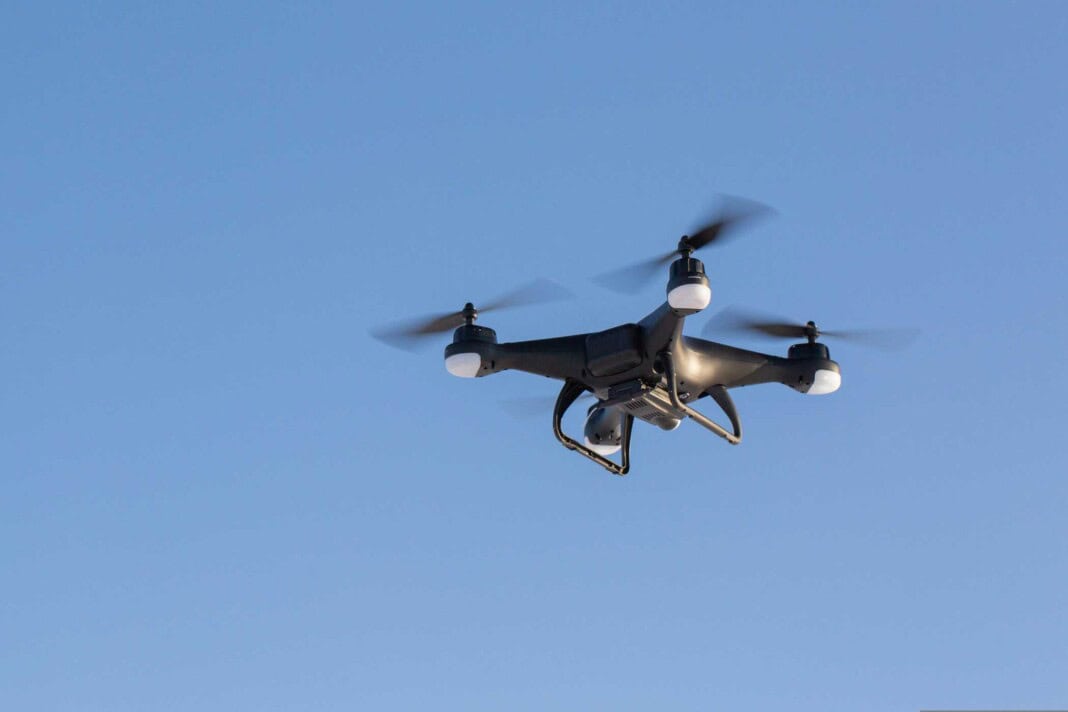
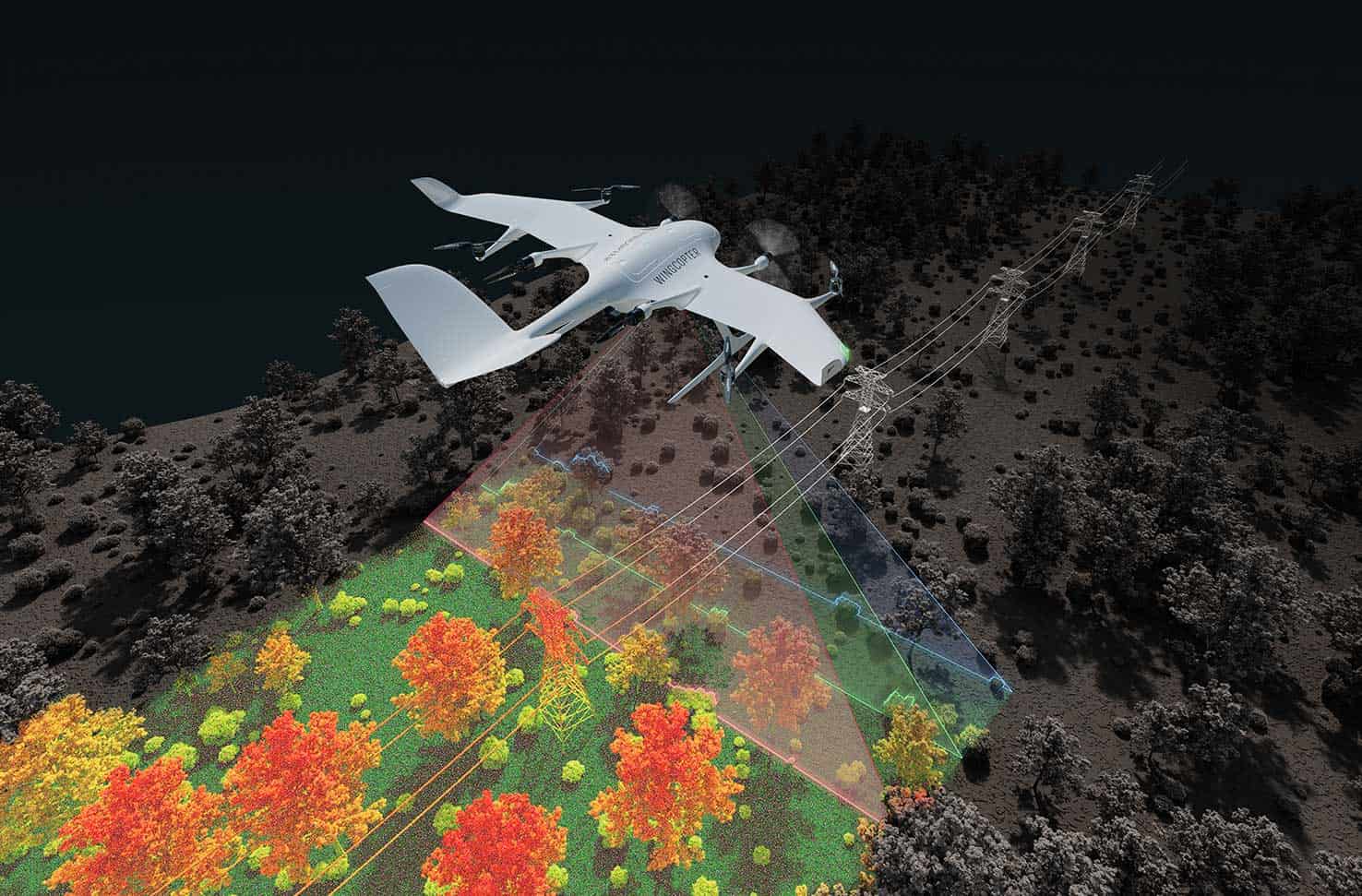 Wingcopter introduces new LiDAR survey drones (Wingcopter introduces new LiDAR survey drones)
Wingcopter introduces new LiDAR survey drones (Wingcopter introduces new LiDAR survey drones) Rotor R550 Sprayhawk UAV receives approval in Brazil (Rotor R550 Sprayhawk UAV receives approval in Brazil)
Rotor R550 Sprayhawk UAV receives approval in Brazil (Rotor R550 Sprayhawk UAV receives approval in Brazil)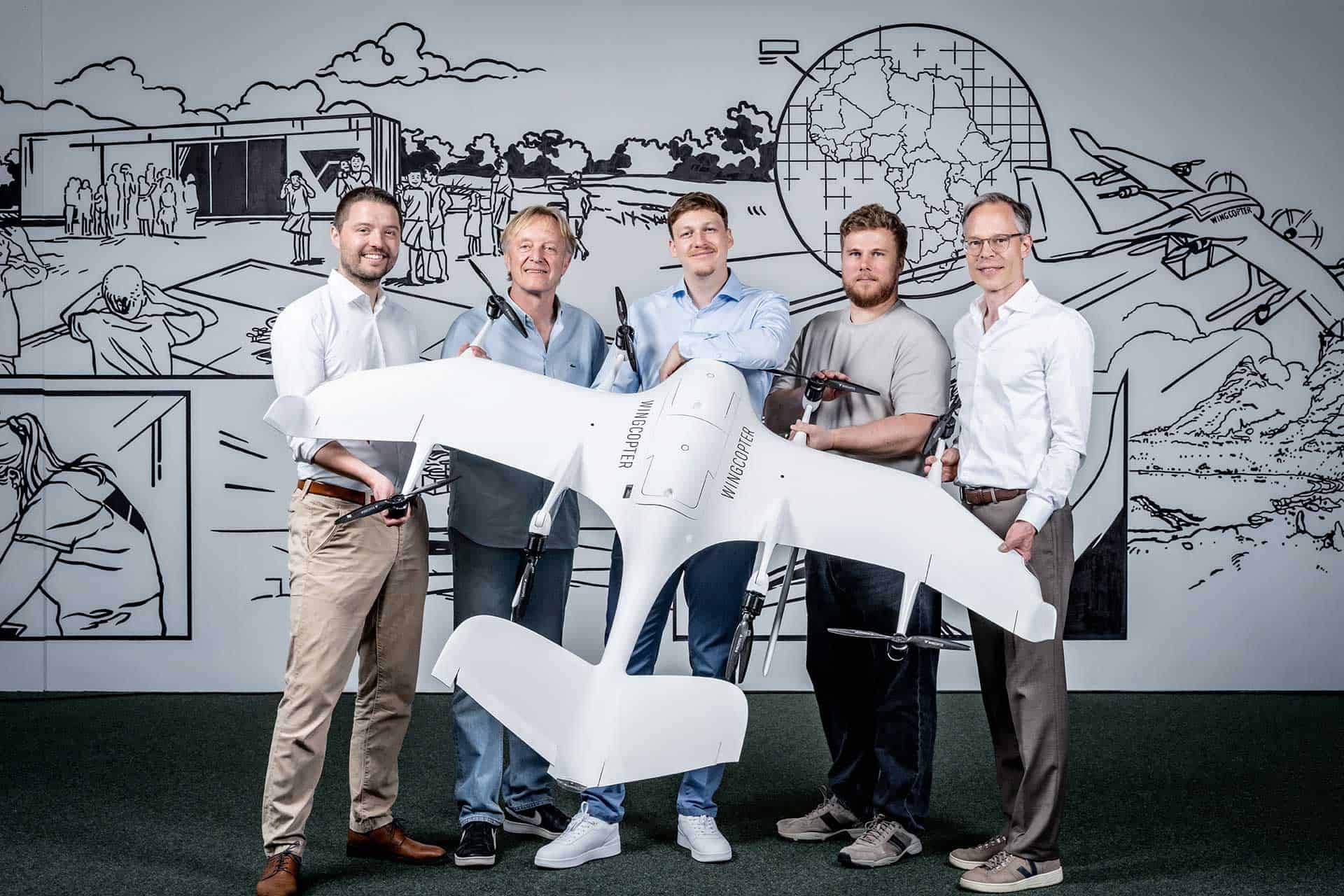 Drone start-up Wingcopter wins new investor (Drone start-up Wingcopter wins new investor)
Drone start-up Wingcopter wins new investor (Drone start-up Wingcopter wins new investor)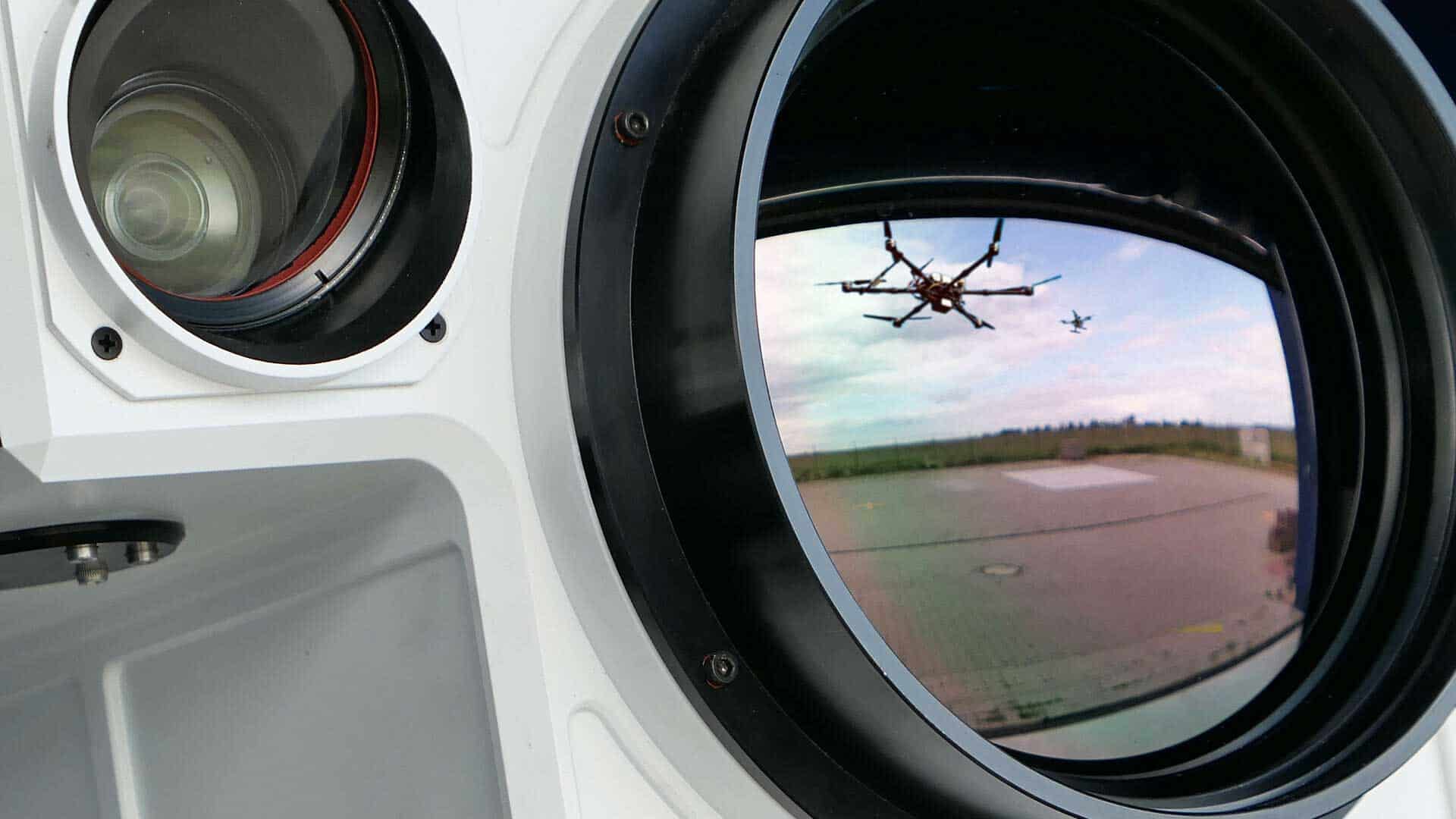 Drone defense: Neutralization of unwanted drones in sensitive areas (Drone defense: Neutralization of unwanted drones in sensitive areas)
Drone defense: Neutralization of unwanted drones in sensitive areas (Drone defense: Neutralization of unwanted drones in sensitive areas)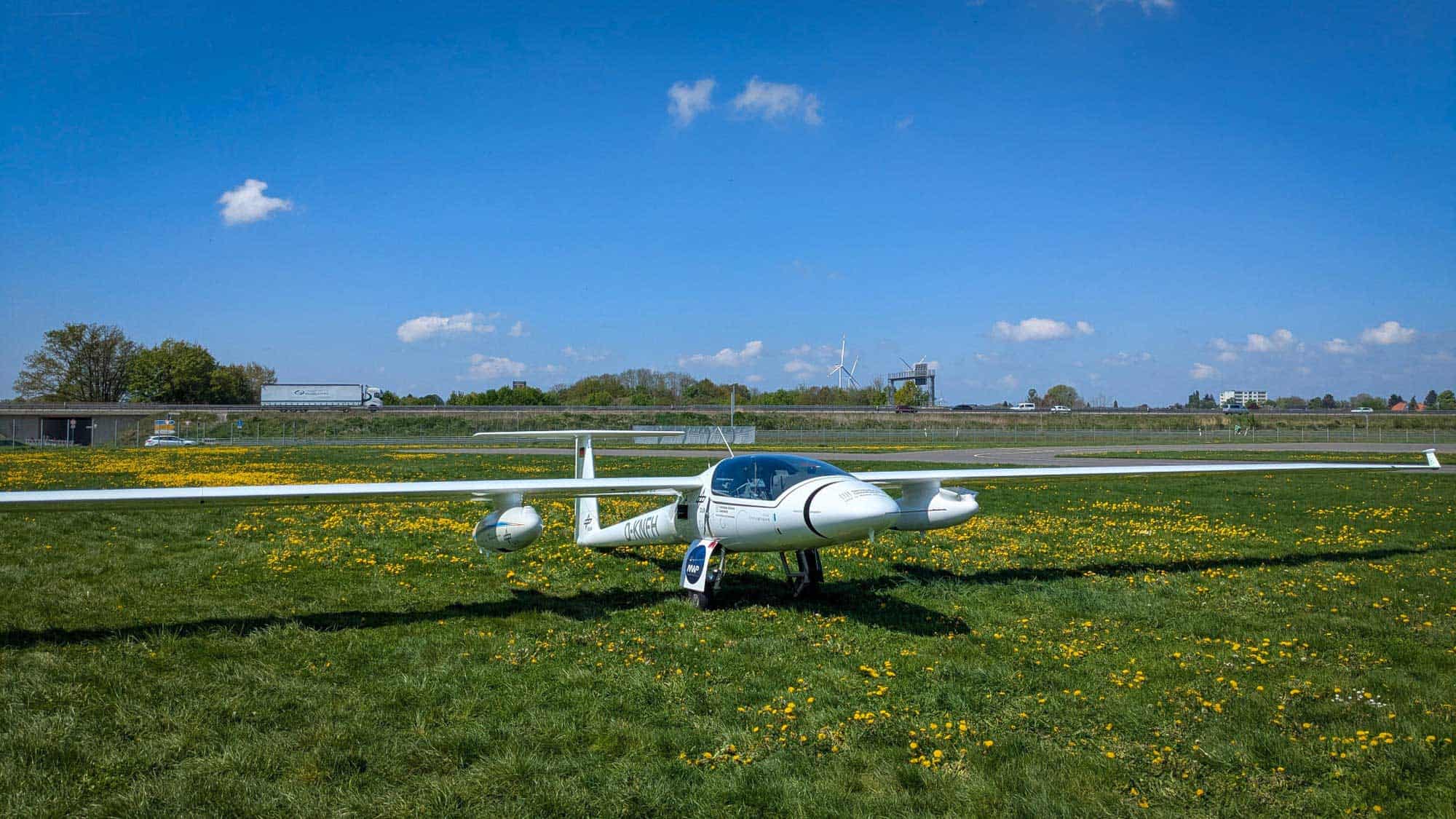 DLR’s MACS camera system helps with police search in the Westerwald (DLR’s MACS camera system helps with police search in the Westerwald)
DLR’s MACS camera system helps with police search in the Westerwald (DLR’s MACS camera system helps with police search in the Westerwald)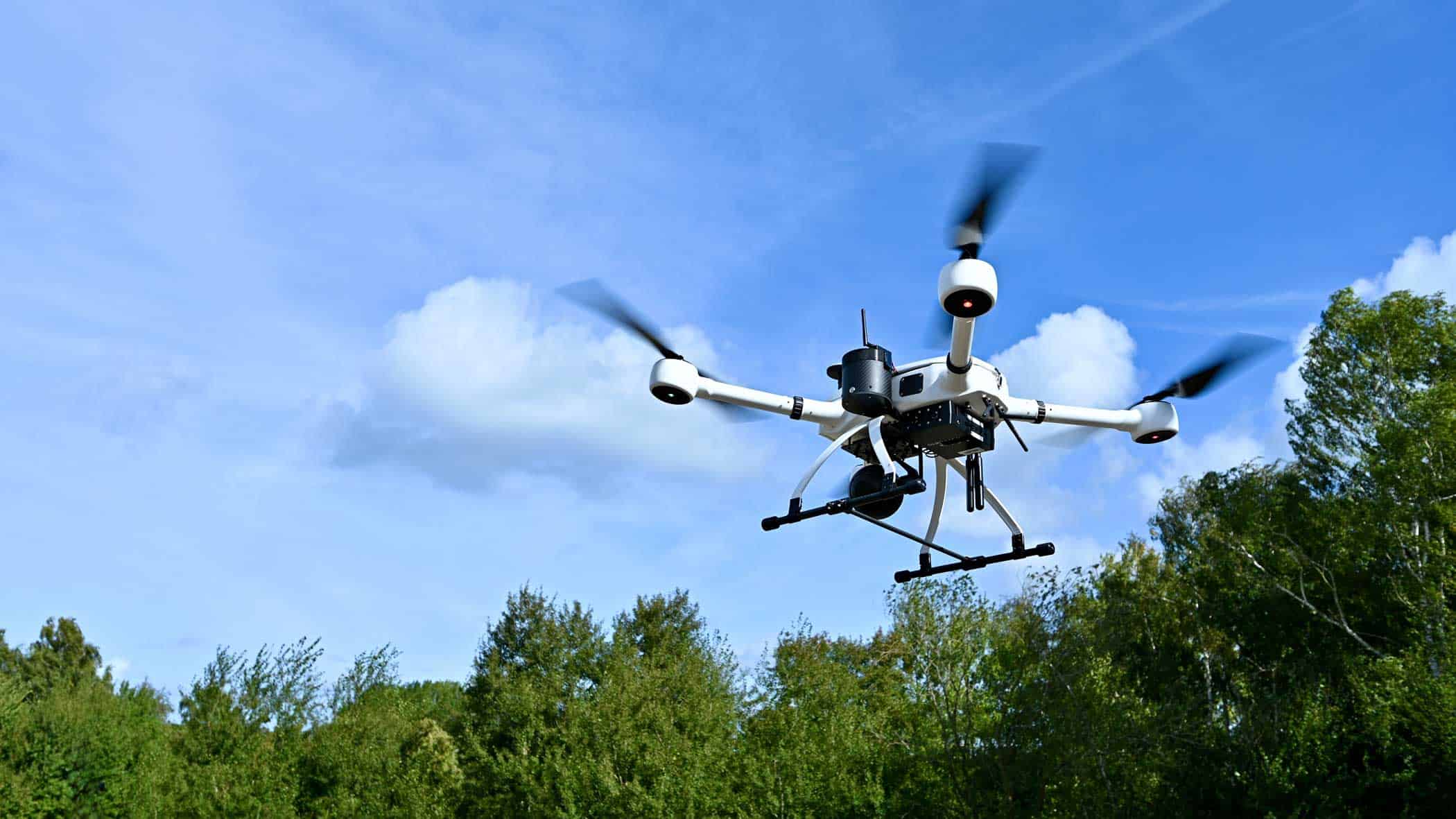 Automated 5G drone operations in disaster and rescue operations (Automated 5G drone operations in disaster and rescue operations)
Automated 5G drone operations in disaster and rescue operations (Automated 5G drone operations in disaster and rescue operations)